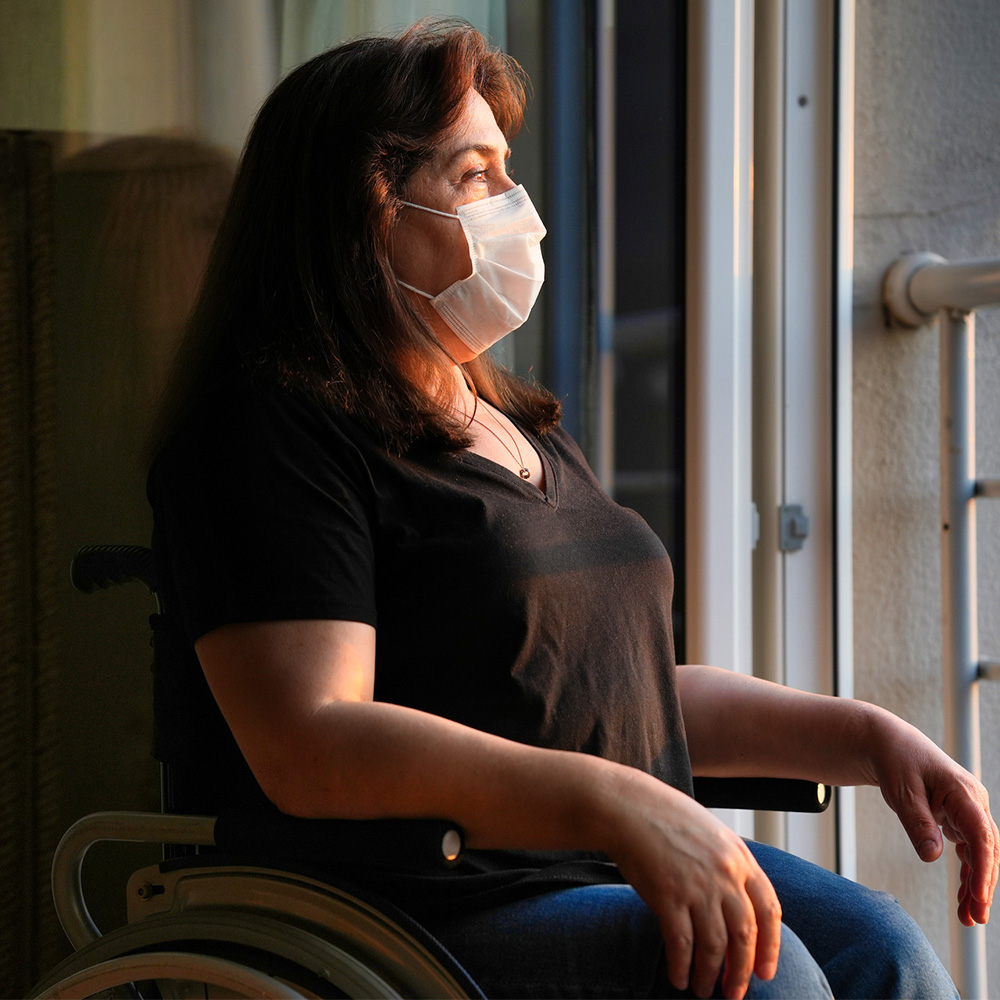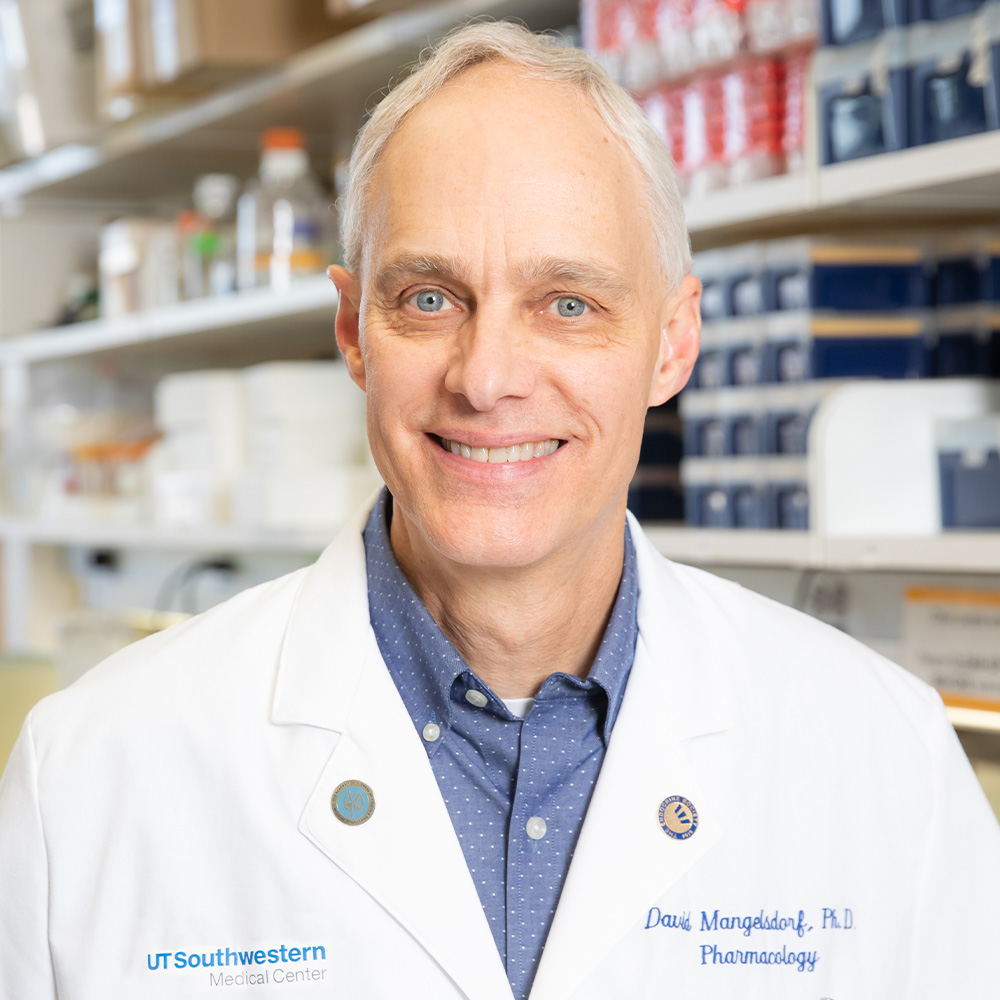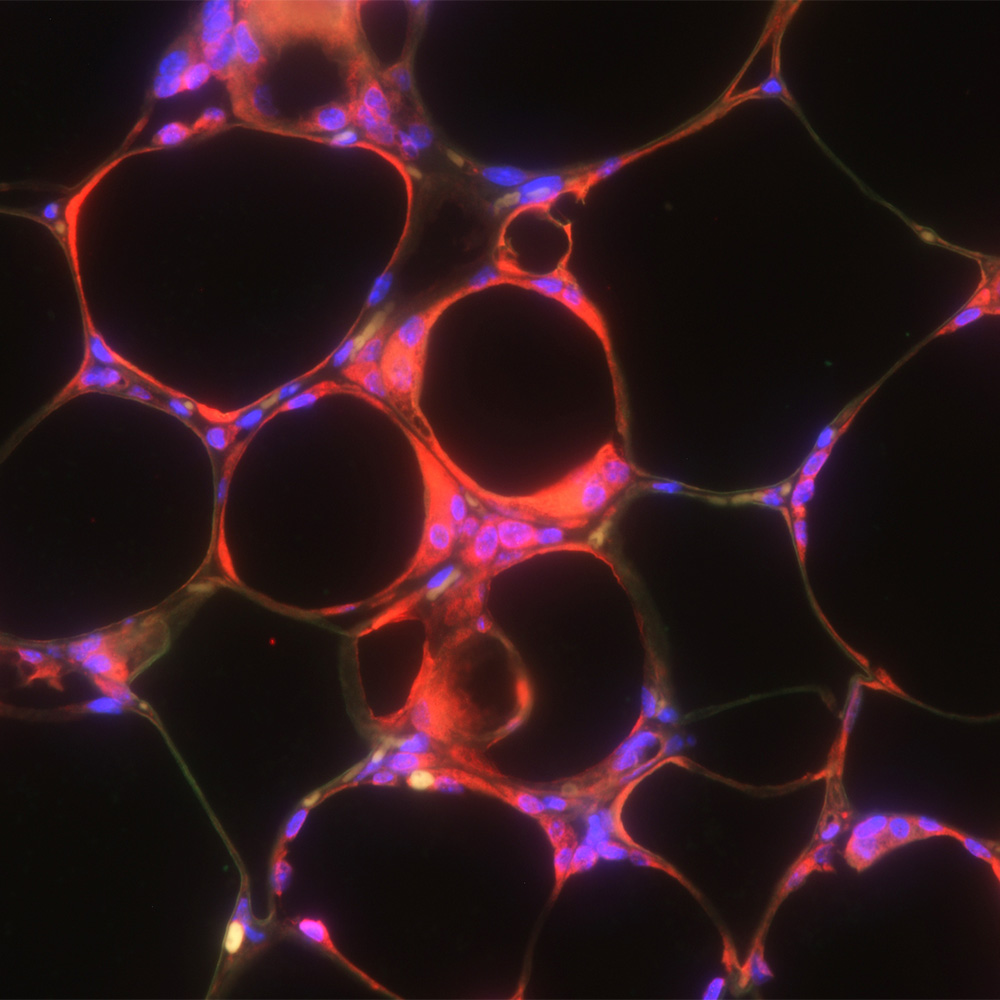Neurofibromatosis patient is comfortable in her own skin
DALLAS – Oct. 22, 2018 – Charis Curbo says most of the time she doesn’t think about her NF1 and the thousands of tumors coating her back, her trunk, and other areas of her skin.
“I’m just who I am. I’ll wear tank tops no matter what.”
The 43-year-old Mesquite resident has a motivation to cope well with her condition: “I am a single mom of three kids and I have to be able to show them that you can overcome challenges and be proud of who you are.”

NF1, or neurofibromatosis type 1, is a genetic condition caused by a mutation in the NF1 gene, which provides the instructions for a protein called neurofibromin. This protein is produced in nerve cells and cells that surround them. When neurofibromin isn’t produced properly, tumors develop on or around nerve cells. About 30 percent of NF1 patients develop tumors along the internal nerves called plexiform neurofibromas. Almost all patients with NF1 develop tumors called cutaneous neurofibromas that start in the nerve endings and grow up into the skin. Although the cutaneous neurofibromas are benign, they are the most troubling symptom for patients, because they occur in the thousands.
“There is a spectrum of effects of NF1, but it’s the cutaneous or dermal tumors that most patients are concerned about,” said Dr. Lu Le, an Associate Professor of Dermatology at UT Southwestern Medical Center and one of the leading experts in NF1. Dr. Le is a member of the Harold C. Simmons Comprehensive Cancer Center.
Dr. Le’s lab has made strides toward the development of a medical treatment for NF1 with the discovery of a protein marker for tracing tumor growth, but surgical removal is the only treatment currently available. So at the same time that Dr. Le is working on understanding the biology of NF1 tumors, he is also working on improving the technique used for getting rid of them.

If neurofibromas are shaved off at the surface of the skin, they sometimes grow back or leave a big scar. Dr. Le has developed a surgical technique in which, with one quick motion, he removes the root of the tumor beneath the skin, and then closes the hole with a single stitch. His technique is being tested in a clinical study that Charis Curbo is participating in.
Ms. Curbo, who has had about 40 tumors removed by Dr. Le, said the surgeries have eased her burden, making her feel more confident. “Dr. Le has changed my life. I can be who I am and go out in public and not be afraid to show what I have.”
She has donated the removed tissue to Dr. Le’s lab for his research on the biology of how neurofibromas develop. Like her physician, she too has hopes that a medical intervention will arise from the work.
One reason Ms. Curbo is especially interested in helping to find a medical treatment is that her 10-year-old daughter, Tinley, has been diagnosed with NF1. The cutaneous tumors have not yet begun to appear on Tinley, though she has another manifestation of the condition, dark patches called café-au-lait spots.
Although Ms. Curbo says her friends all know about her tumors and she feels personally confident, she tears up when talking about Tinley and her NF1 diagnosis. “For me, it’s easy to do. But for my daughter is what hurts. She is 10 and kids are mean. I just tell her that I love her and that she’s beautiful the way she is.”
Dr. Le holds the Thomas L. Shields, M.D. Professorship in Dermatology.
The Harold C. Simmons Comprehensive Cancer Center, one of 49 NCI-designated Comprehensive Cancer Centers in the U.S. and the only one in North Texas, is among just 30 U.S. cancer research centers to be designated by the NCI as a National Clinical Trials Network Lead Academic Participating Site.
About UT Southwestern Medical Center
UT Southwestern, one of the premier academic medical centers in the nation, integrates pioneering biomedical research with exceptional clinical care and education. The institution’s faculty has received six Nobel Prizes, and includes 22 members of the National Academy of Sciences, 17 members of the National Academy of Medicine, and 15 Howard Hughes Medical Institute Investigators. The faculty of more than 2,700 is responsible for groundbreaking medical advances and is committed to translating science-driven research quickly to new clinical treatments. UT Southwestern physicians provide care in about 80 specialties to more than 105,000 hospitalized patients, nearly 370,000 emergency room cases, and oversee approximately 2.4 million outpatient visits a year.




